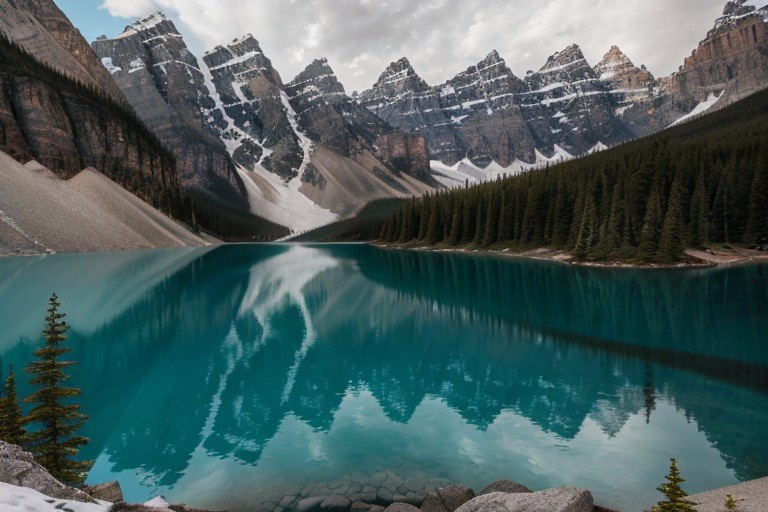Before delving into the tips, it's essential to acknowledge that, for me, photography isn't the primary focus when I travel. As a father foremost, a traveler second, and a photographer third, my approach differs from those who dedicate their entire day to capturing elusive landscapes. I'm not the photographer who scales mountains before sunrise or lingers all day for the perfect shot—I'm more inclined to travel light, detest tripods, and embrace spontaneity.
Nevertheless, my travel photos have garnered recognition, including Conde Nast Traveler's Photo of the Year, and I've cultivated a substantial following on Instagram. So, how do I strike a balance between savoring travel experiences and capturing them? Here's a glimpse into my approach:
1. Frequent Traveler
My extensive travel portfolio includes visits to 24 countries in a single year, exploring photogenic destinations like Sri Lanka, China, Oman, Iceland, and Kenya. India, with its vibrant colors and enthusiastic subjects, remains a personal favorite. While exceptional scenes exist worldwide, choosing a destination known for its photogenic appeal increases the odds of capturing remarkable travel photos.
2. Chase the Best Light
Understanding that photography revolves around light, I prioritize shooting during the magical moments of early morning and late afternoon. The soft, golden hues enhance cityscapes, and the absence of crowds allows for a more intimate exploration. Italy stands out as a favorite location for capturing cities as they awaken, making it easier to appreciate their art, history, and architecture without the distractions of other tourists.
3. Embrace Color and Patterns
To elevate photos beyond mere documentation, I constantly seek elements that make them stand out. Whether it's a burst of color or a captivating pattern, these features add visual interest. Identifying and patiently waiting for something dynamic to unfold within these colorful or patterned scenes contribute to compelling travel photography.
4. Puddle Reflections
In the quest for unique perspectives, I make it a habit to stop at puddles and explore reflections. Whether it's a window, tunnel, or archway, I leverage these elements to frame scenes creatively. Anticipating reflections adds a layer of intrigue to travel photos.
5. Let Kids Be Kids
When capturing moments with my children, I refrain from excessive posing. Instead, I let them engage in natural activities—playing, running, reading—while candidly documenting these authentic moments. Occasionally, I might suggest a pause at a picturesque spot for additional photos, but the focus remains on capturing genuine expressions.
6. Shoot in RAW
Opting to shoot in RAW rather than JPG ensures that my camera captures more data about the scene. This approach simplifies post-processing on the computer, allowing for adjustments that bring the photos closer to the actual scene. Despite minimal processing time (averaging 20 seconds per photo), these enhancements contribute to the overall quality of the images.
7. Craft Your Style
While sharing my approach, I emphasize the importance of crafting a personal style. Photography is a subjective art, and individuals should feel free to develop their unique approach or draw inspiration from various sources. The goal is to find a style that resonates with one's vision and preferences.
8. Prioritize Scene and Light
Camera settings take a back seat in my workflow, with the scene and light outweighing technical details. Shooting predominantly in P (Program) mode and selecting an appropriate ISO for a shutter speed above 1/125 allows me to maintain focus on framing scenes and waiting for opportune moments. While understanding the camera's functionalities is essential, trusting it to make informed decisions frees me to concentrate on the creative aspects of photography.
In essence, this post is a testament to what works for me, acknowledging that each photographer's journey is unique. Whether forging your distinctive style or adopting elements from my approach, the key is to revel in the joy of travel while capturing its essence through the lens. After all, the magic often lies in the balance between experiencing the moment and preserving it for posterity.
 Reviewed by Maggie
on
December 21, 2023
Rating:
Reviewed by Maggie
on
December 21, 2023
Rating:







